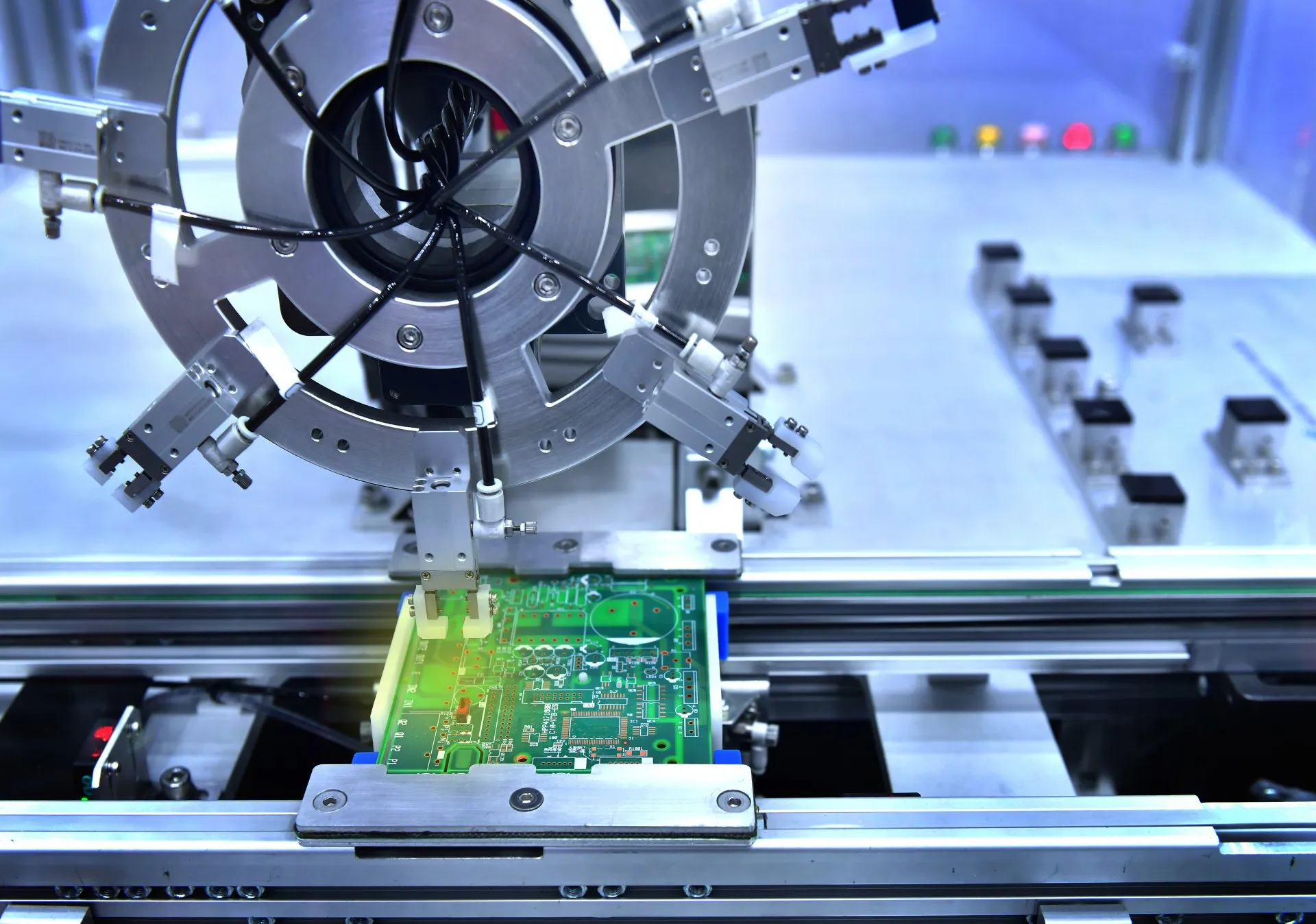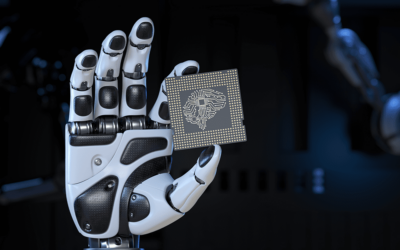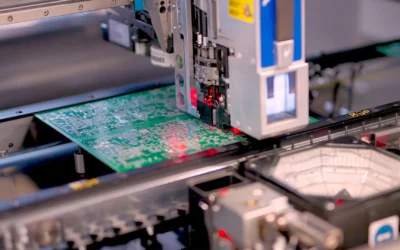Bringing a product to life is quite a challenge, the development of electronics can contain many steps and difficulties.
Therefore, in this article, we’ve summarized the key stages to achieve a functional product. After these steps we’re about to explain, the path continues towards the manufacturing and market launch.

Stages in the development of electronics
1. Product concept design
Ideation is the first stage in the development of electronics, and it is also that represents many challenges. Many companies want to innovate and introduce a new technology or product, and many of the best ideas are the result of iterating on an existing product.
To support the success of this stage, there are different methods such as the SCAMPER model, which serves as a tool to generate quick ideas for products, questioning those that already exist today.
SCAMPER is an acronym that in each of its letters represents a help function:
S (Substitute): natural filler, by synthetic filler.
C (Combine): a phone case and a battery.
A (Adapt): special scissors for left-handed people.
M (Modify): an electric toothbrush with a more innovative design.
P (Put to another use): a walkie – talkie as a toy for children.
E (Eliminate): Change the CD compartment to USB only on a laptop.
R (Rearrange): Invert the control buttons of a cell phone, for easier use by the user.
These questions can help you find novel ways to transform existing ideas and adapt them to a new audience or target.
2. Proof of concept
Once the ideation stage is complete, it is time to do a preliminary creation, do the development of the requirements / specifications and an analysis of the variety that the potential product can have.
In this same stage, the prices of the necessary components are gathered and in turn the manufacturers are selected for which an agreement or request will be created. All these factors will affect the cost of manufacture.
3. Electronic product development
Here a list of components, materials and parts needed to manufacture the product is determined and a Printed Circuit Board (PCB) is designed. It is very important to do all this without forgetting the manufacturability of the electronic board, because even if the idea and functionality are impeccable, it must be able to be manufactured on automatic production lines and achieve higher efficiency of the SMT assembly lines. Controls and function concepts are also created.
The PCB layout is extremely sensitive to power and RF circuitry (Bluetooth, Wi-Fi, GPS, etc.) and errors in this area are often common.
Before starting the design of the PBC, it is necessary to have all the manufacturer’s specifications.
4. Pilot test
Once the first prototype is tested, it needs to be evaluated and, if a problem is found, it should be resolved. This stage can also be used to perform certain device certification tests.
When everything is optimized, the operating system and bootloader are transferred, the high-level software, system and drivers are built.
5. Production at scale
Once all the necessary tests are ready and passed, the industrial manufacturing of the product takes place. This means that it is ready for the customer.
During the stage, experts ensure the quality of the production process and the batches delivered to customers.
P4Q is Original Design Manufacturer (ODM) for its proprietary products, Smart Tracker Controller (Suntrack) and Lateral Flow Reader (Qassay) and is electronics expert with more than 20 years of experience in the market.
Learn a little more about our work! Contact us for more information.





